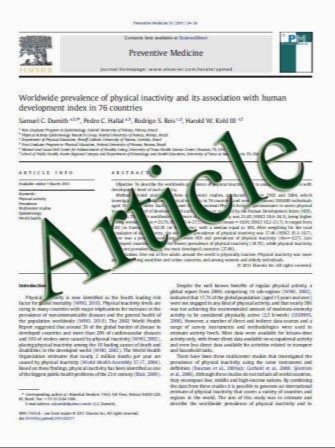Where now with NICE?
- نوع فایل : کتاب
- زبان : انگلیسی
- مؤلف : E. M. Dennison & C. Cooper
- چاپ و سال / کشور: 2011
Description
The National Institute of Clinical Excellence (NICE) is the agency in the UK, charged with the task of appraising Novel Health Technologies. Since its inception in 1999, the institute has frequently been mired in controversy. One recent example of this controversy is the divergence between established clinical practice for the management of osteoporosis, and the advice provided by NICE on this topic to health care purchasers [1, 2]. This set of final appraisal documents has taken an astonishing 8 years to be completed. In the appraisals, intervention thresholds for primary prevention are based on a complex matrix of age, clinical risk factors and bone density specific for each agent that is used in the prevention of bone loss and fracture. The guidance decrees that a woman who fulfils criteria for therapy with alendronate, but is then unable to tolerate the agent, may have to wait until her bone density drops below a substantially lower threshold before she becomes eligible for other (marginally more expensive) therapies. As is often the case with a slowly moving review process, newer therapies have emerged even as other therapies remain under evaluation, so that guidance is now restricted to a subset of agents currently licensed for the treatment of postmenopausal osteoporosis.
Osteoporos Int (2011) 22:1007–1008 DOI 10.1007/s00198-011-1532-2 Received: 17 December 2010 / Accepted: 17 December 2010 / Published online: 29 January 2011


